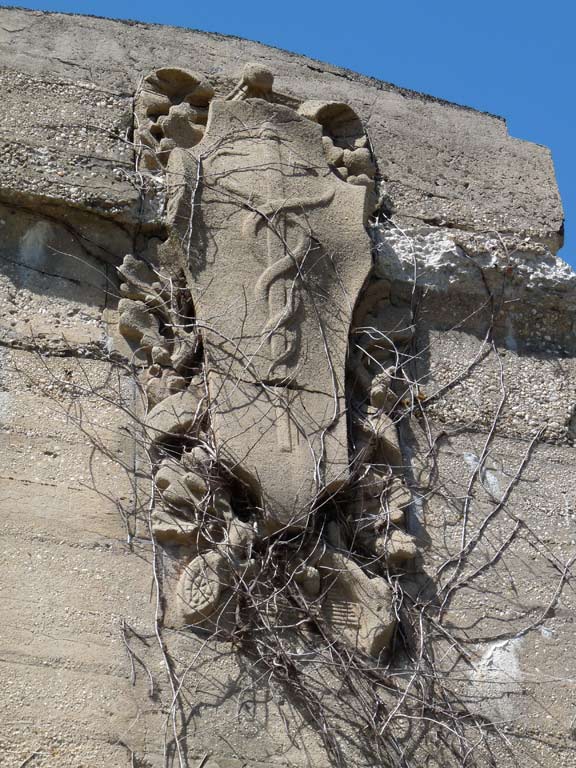The New York, Westchester & Boston Railway in the northeast Bronx celebrated its centennial in 2012. When conceived in 1872, it was assumed that it would eventually reach Boston, but instead at its lengthiest, it ran from southern Mott Haven in the Bronx to two terminals in Westchester County, at White Plains and at Port Chester. Construction was delayed for a few decades by the Panic of 1873, essentially a depression. Once emerging from receivership in the early 1900s, the railroad began anew in 1906 and built north, with the northernmost stations at Rye and Port Chester opening in 1928 and 1929. When most stations opened in 1912, the NYW&B was considered state of the art for its time, taking power from overhead lines, no grade crossings, high platforms to enable comfortable boarding, and spacious, architecturally attractive ticket offices/station houses.
Many of those stations stand as abandoned ghosts today, while some have been adapted for subway use: after the line went bankrupt in 1937, the City of New York saw a golden opportunity to expand service into Pelham Gardens and Eastchester, and purchased the NYW&B right of way, stations, and tracks. After making modifications like adding a third rail, the NYW&B became the Dyre Avenue Shuttle in 1940, and after new tracks were installed to connect it with the White Plains Road el in the 1950s, the full-fledged Dyre Avenue Line, today the home of the #5 train.
Would that NYC had similar foresight and resources today, to convert abandoned or little-used rights of way such as the Queens Rockaway Branch and Bay Ridge NY &Atlantic branches into local rail or subway service.
The station house, as well as some of the railroad overpasses, bear the image of the NYW&B’s standard-bearer, the Roman messenger god Mercury, with his winged cap and symbol of a staff entwined with two snakes. Mercury is invoked when speed is a stock in trade; FTD, the flower delivery service, also uses him.
For more on the NYW&B, see this FNY page.
1/29/13


5 comments
One day, a pipe dream project of mine is to photograph all of them, especially since they’re in my neighborhood.
I read somewhere that when the NYW&B started building in earnest in 1906, the financial center of Manhattan had already moved from downtown to midtown. The planners of the NYW&B believed that as population in Manhattan increased, the financial center would continue moving north until it reach the north central Bronx, which in 1906 was mostly open farmland subject to development. That is why the NYW&B southern terminal is at East 180th Street and there was never a plan for a Manhattan terminus.
Hi, I remember that the spur train ran from 180th st to Dyre Ave. It was known locally as the “DINKY”. The “DINKY” was only two cars long and had outside platforms on which you could stand during the ride. We as children played all over the tracks of that line and we even played in the abandoned station at Kings Bridge Road in Westchester. I have many stories of our adventures on those tracks.
Snakes in the Bronx. I forgot to mention that we played in Seaton Falls Park which was one of the last places that had rattle snakes in New York and in fact the small stream that runs from the Park was called Rattlesnake Creek. The creek at that time ran into Hollis Pond (where the Hollis Pond Ice House was} and then into the Bronx River. Seaton Falls Park had everything a child could want including “Dick Tracy Rock” a formation that when looked at from the side looked like Dick Tracy. Local kids dared one another to try and fit through the “EYE” . The “EYE” was a small opening high above the ground and any kid making it was a local hero. Lots of wonderful times in this forgotten part of the Bronx
I am writing this in May, 2017. In Mount Vernon, the East Third Street Station of the NYWB Ry. has been demolished. There seems to be a question whether this was legal. Did the Mount Vernon City Council correctly vote to do this? Was a valid demolition permit issued? This was an attractive
station with many architectural details. Does anybody care?